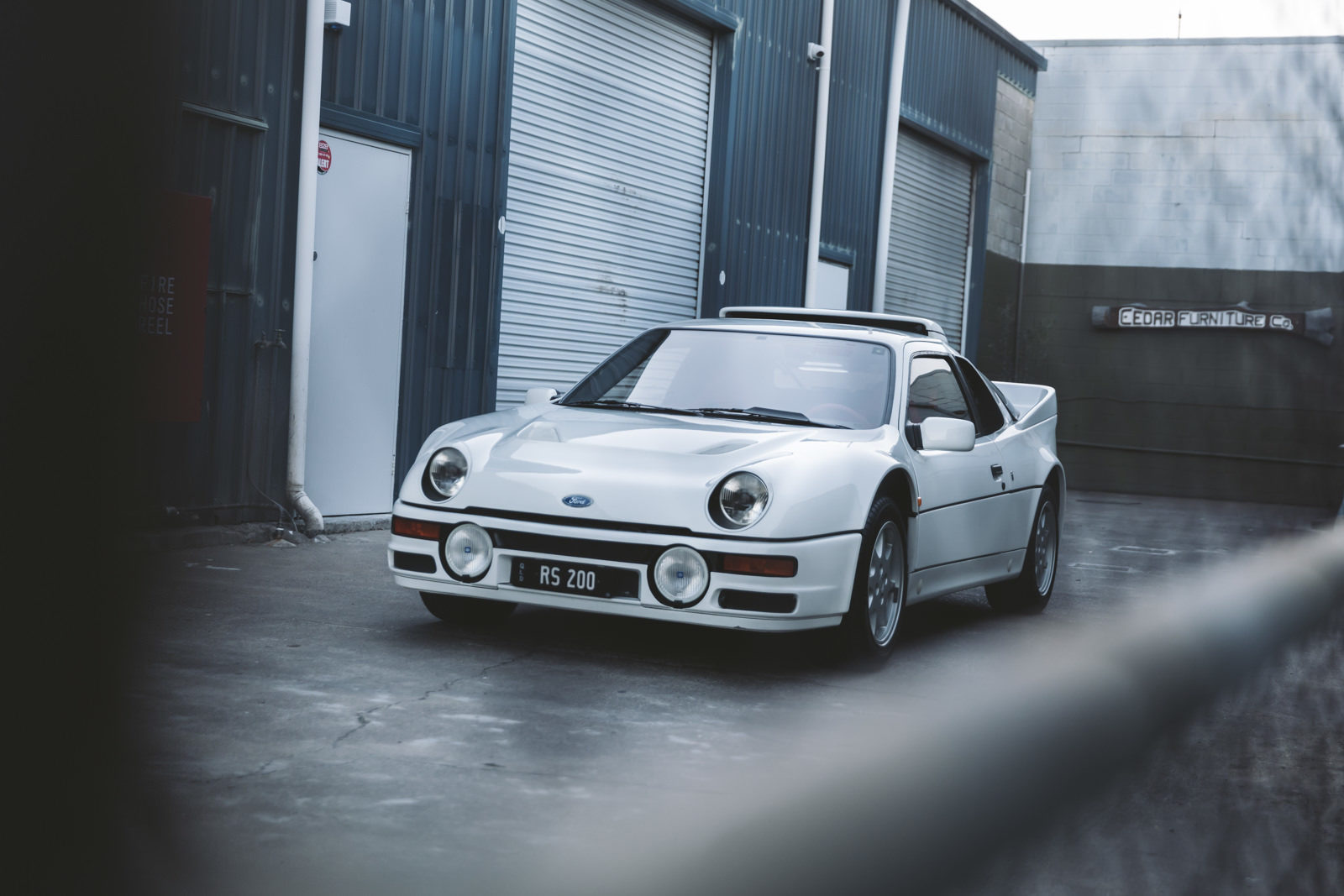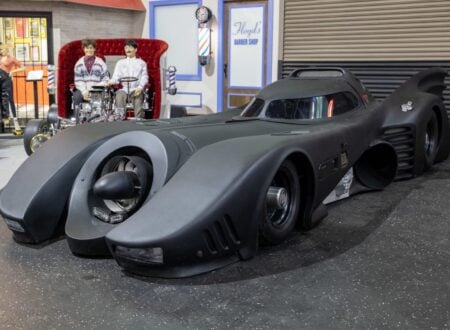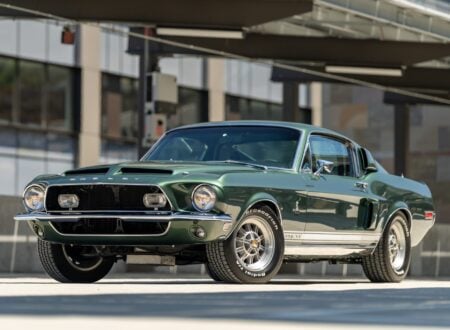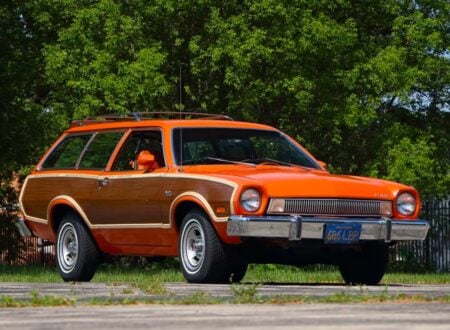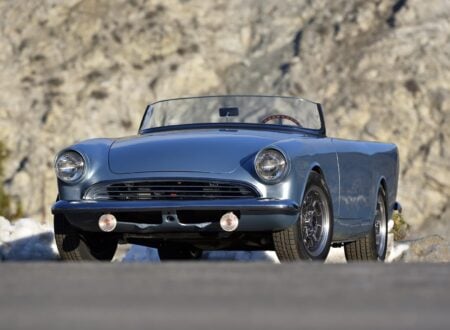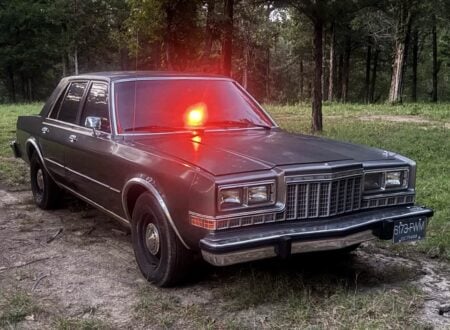This article was written by Nathan Duff, the founder of Retromotive Magazine and a contributor to a number of magazines including Top Gear, CAR, Wheels, and MOTOR.
Andrei Shinkarenko likes things that are rare, different and unique. He’s refreshingly left of centre and unashamedly so. I had that impression even before we meet, as I park my car next to ‘Rex’, the dinosaur in his front yard. “Might be Rexona.” He quips as we greet. “We’re not that friendly yet.”
Andrei, or Andy, is an engineer. “We’re a different breed,” he explains. “We think differently – genetically, we are created, were not just taught to be engineers. Russians have a long history of engineering. We don’t invent new stuff, we perfect old stuff.”
“I put myself through Uni working as mechanical engineer.” Andy was fortunate enough to land a job with Ifield Engineering. “R.J. Ifield was a God.” He explains. “112 patents – among other things, the hydromantic slipper bearing; it’s the most import thing in hydraulics…. ever.” He goes on to mention a number of other inventions and innovations. He explains them in such detail that, unfortunately, the scope is a little lost on my humble intellect.
“I love things that are rare. If you’re going to do it, make it worthwhile.”
That’s the thing with Andy, if he takes an interest in something he is in, balls deep. (It’s a pun; it’ll make sense soon.)
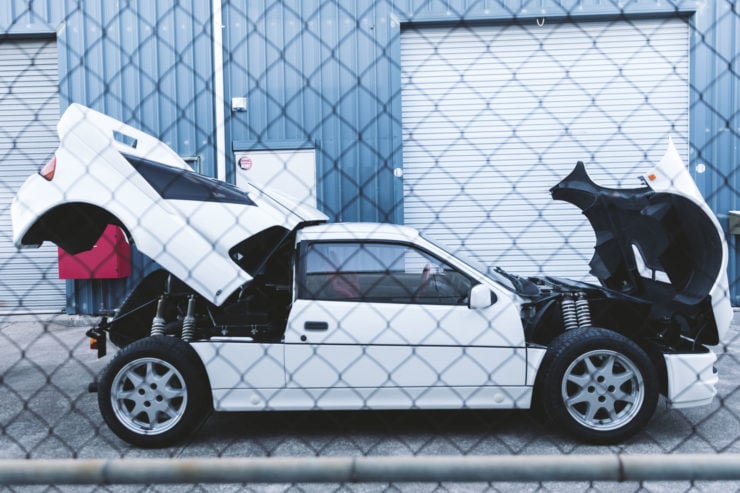
“I started my own engineering business in ‘88 and the planets kind of lined up for me. In ‘94 the RTA decided to make the engineering signatory system the code of practice.”
In simple terms, you needed someone like Andy to sign off on your vehicle mods in order to make them legal. He was a very busy man after that
“There were only 4 of us in Newcastle, so it was busy. Especially when the kids would take their cars down to Nobby’s Beach and the cops would block off the road. 50 cars would get defected and need to be certified by an engineer. I easily would have done 3000 vehicles over 20 years doing that.”
These days, Andy is on the cusp of retirement and is itching to spend more time tinkering on projects like converting his swing car to be fully electric. Ever heard of a swing bike? Same principal, but in a car. Andy loved the concept of the bike and once he had mastered riding it, thought “Hmm how can I make this better?” Long story short, Andy now has swing car. He engineered the whole system into a Rickman Ranger that he does skids around his front lawn with.
Along with his mind bending engineering projects, he has 30 odd cars in his collection that need some miles put on the clock. Like the Ex Stirling Moss 904 Porsche GTS Carrera, the last of the road registered Le Mans cars. An Electron – a Hyundai Getz-based electric vehicle briefly produced by the Australian company, Blade Electric, but killed off due to government-introduced ESC requirements that the company couldn’t meet.
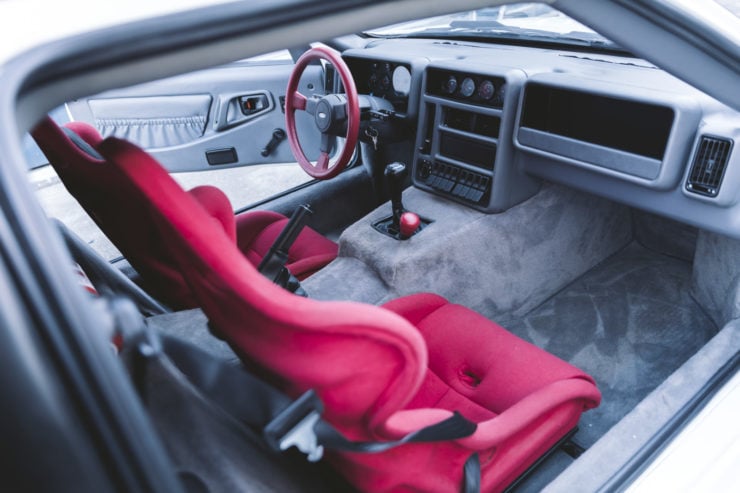
At the moment, he owns and operates a squash court. “It takes a lot of my time up. I’ve been playing squash since the mid 70’s.”
Andy’s no slouch either. He competed in the Pan Pacific Masters games in 2016 and won a silver and bronze. There was a 10-year hiatus from squash when he decided he wanted to be a power lifter. “I made the world team and came 8th in the world.”
Throughout all his achievements though, cars have remained a constant for him.
“I had worked really hard and I thought it was time to buy a supercar. I used the money I had made from my first business.” (Andy had developed a special type of Diesel Injector and sold the business to a large consortium.)
“I bought a Lamborghini Espada which was a real heart breaker. Ugh,” he sighs, “Lamborghini quality, it’s just not there. If you take it for a run, you gotta call the tow truck. I had a few problems with it and decided to park it up in the shed.” That was 23 years ago.
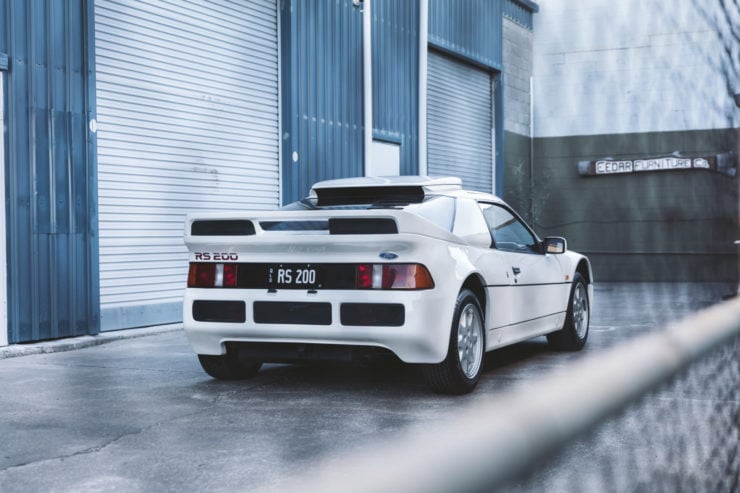
“There are special cars out there on the planet – the RS200 is one of them. “It was a blank sheet of paper for them to engineer the perfect rally car. That aspect appealed to me straight away. They didn’t have to build a road car – just build what is right.”
“An aluminium honeycombed section with an inbuilt roll cage that you can’t even see! Fibreglass ends and steel structures to hold the engine and diff was ahead of its time.” He says excitedly.
The RS200 was developed so that Ford could join the hugely popular Group B rally category. The Escort was no match for the Audi Quattro or Lancia Delta so they needed something truly special to get noticed on the world stage.
“I first seen the RS200 along with the Audi Quattro and Lancias on an old documentary called ‘Too Fast To Race’. It was right at the end of that era that the RS 200 came in.”
Ford invested over 10 million pounds in producing the RS200, which, considering it wasn’t going to recoup anywhere near that amount for knock on sales from the car, is testament to the times of the Killer Bs.
The RS200 was a very complex, technologically advanced four-wheel drive car. Power came from a mid-mounted, 1.8 litre, four-cylinder, turbocharged Cosworth BDS engine with a roof-mounted intercooler.
To aid weight distribution, the transmission was mounted at the front of the car. This required the power from the engine to go up to the front wheels first and then, be run back again to the rear.
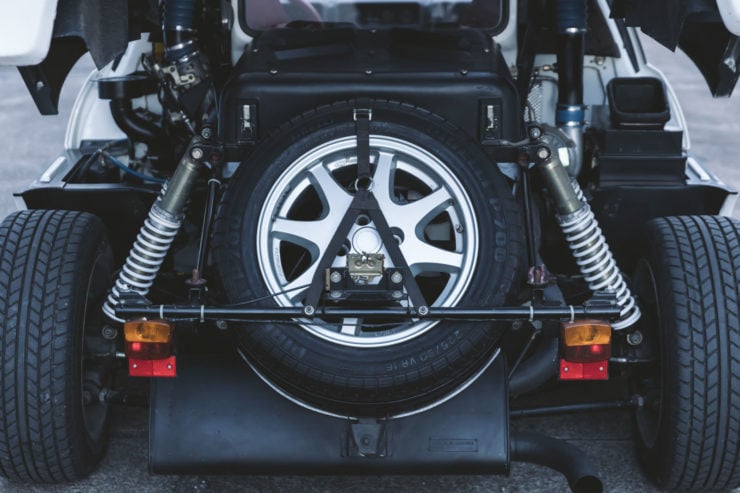
The body was designed by Ghia and the chassis was designed by former Formula One designer Tony Southgate. The RS200’s was assembled at the Reliant Plant (yes, those funny 3-wheel cars) because of their experience with assembling fibreglass bodied cars.
Proof of their cars complexity is stuck to the inside of the windscreen with its strict ‘Cold Start Procedure’. This states: “It is essential not to exceed 1500 rpm for the first 30 seconds after starting. Do not drive with the oil pressure above 6 bar. Allow water temperature to reach normal before using maximum power. Failure to observe correct procedure may result in expensive engine damage.”
“The first one I found was at a museum in LA. They wanted 200k and it wasn’t even going.” The RS200 in question had apparently been parked up without fluids for 25 years, everything had seized – not good.
Andy discovered one in New Zealand owned by the Hoffman Ford dealership. They had found it in a barn in America with only 900 miles on the clock.
“I’ve only done 70-80 miles since I got it.” Admits Andy. “I got very nervous driving it around, not because it was too quick, I just don’t want anybody hitting me in their clapped out Gemini,” he laughs. “But all that has passed now and I’m comfortable driving it anywhere.”
“The first time I took it out, it felt like a dog – like it had major clutch shutter.”
Andy spent a good deal of time researching how to fix the issue before a member of the RS200 club suggested an odd fix. ‘It’s nothing to do with the clutch, it’s the spark plugs.’
“I changed the plugs and 100% better. But everything is so, so tight. People blame the car – it kind of feels like the handbrake is on at low speed, you really need to drive that thing.”
It’s not just Andy, Chris Harris rates it as the “Easiest car to stall I’ve ever driven.”
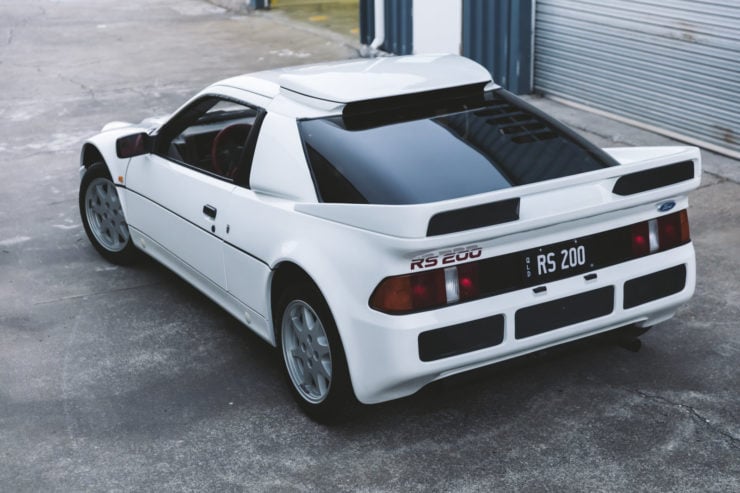
“The RS200 is quick – record breaking quick. It held the record for the fastest accelerating production car for 12 years – that’s against Porsche, Ferrari, Lamborghini.”
The record Andy refers to was accomplished by Stig Blomqvist in an EVO RS200 for a Guinness World run. He set a 0-60mph time of 3.07 seconds. The record stood for 12 years.
The EVO’s were developed a year or so after the RS 200 debuted for the 1986 season. While they had some success, it was clear some upgrades were needed in order to really dominate the category. 24 of the original RS200’s were re-purposed which included an upgrade from the 1.8 BDT engine to 2.1 BDT-E engine capable of anywhere between 600 to 800 horsepower.
The plan was to run in the 1987 season of group B, but due to some horrendous accidents and fatalities the category was killed before they could be used.
It was a crazy time for rally and unfortunately, watching back over some of the footage from that era, it was only going to be a matter of time until there was a fatality.
Scenes of drivers leaping over blind crests, parting the sea of spectators like Moses, hands flying out trying to tag a 500hp monster as it scuttled past were common place. It looks like the automotive equivalent of the ‘Running of the bulls.’
Marc Surer, a Swiss Formula One driver, crashed a RS200 against a tree during the 1986 Hessen-Rallye in Germany, killing his co-driver, Michel Wyder instantly.
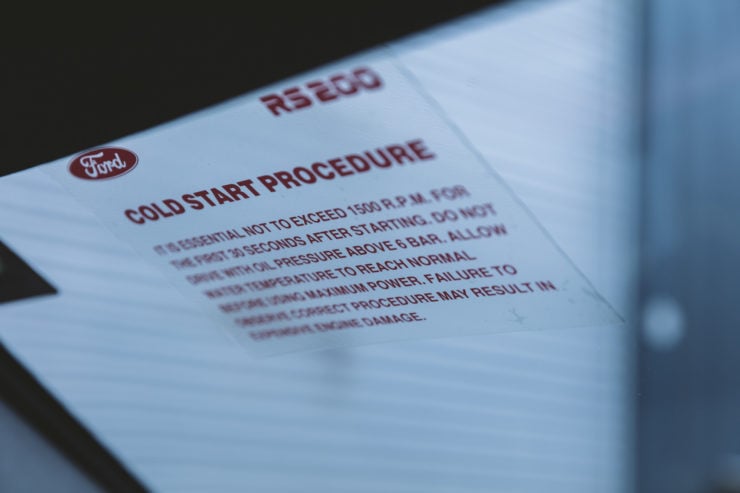
During the second leg of the 1986 Corsica Rally, Henri Toivonen’s Lancia Delta S4 went off the side of the road and plummeted down a ravine. It crashed on its roof exploding on impact. Toivonen and his co-driver, Sergio Cresto were killed instantly. The fire was so intense that the Delta S4 was unidentifiable.
In an interview just before the crash he stated; ‘After 4 hours of driving – it’s hard to keep up with the speed. So, with a modern car like this, it’s just impossible to race here. It’s physically exhausting and the brains can’t keep up with it anymore.’
At the Rally de Portugal, a RS200 was involved in one of the most horrific accidents in WRC history and the catalyst for the end of the era.
3 spectators were killed and 31 others injured when Joaquim Santos came over a crest to be greeted by spectators on the road. Trying to stop, he lost control and plunged into the crowd.
The accident set off a series of events, which lead to the FIA abolishing Group B after the 1986 season.
The RS200 EVO went on to have a second life as an absolute monster in Rally Cross. Ken Block, Ford fan and master of the skid, has recently acquired the Ford factory RS200 EVO and it’s rumoured to be part of Gymkhana 10.
Even though homologation rules stated that 200 needed to be built to be eligible for the category, it’s documented that only 146 cars were ever fully constructed and sold, with the remainder being broken down for spares.
The RS200 was but a blip on the scene. Initially, it wasn’t terribly successful and played its part in the demise of Group B. But all things considered, it’s still an amazing piece of history worthy of its cult status.
The RS200 ticks all the boxes for Andy, but he is currently testing the waters by offering the RS200 for sale. “If it doesn’t sell, I’ll be happy, the way that car looks. Would I be proud to just have it in the shed? Absolutely.”
Visit Retromotive Here
Follow Retromotive Magazine on Instagram – Facebook
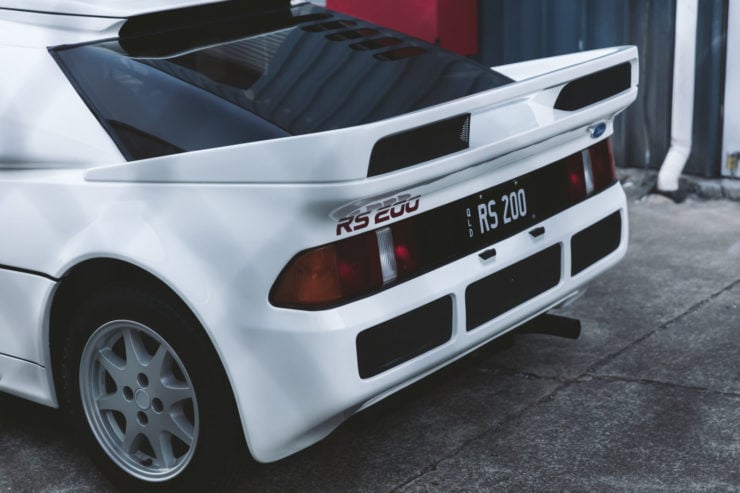
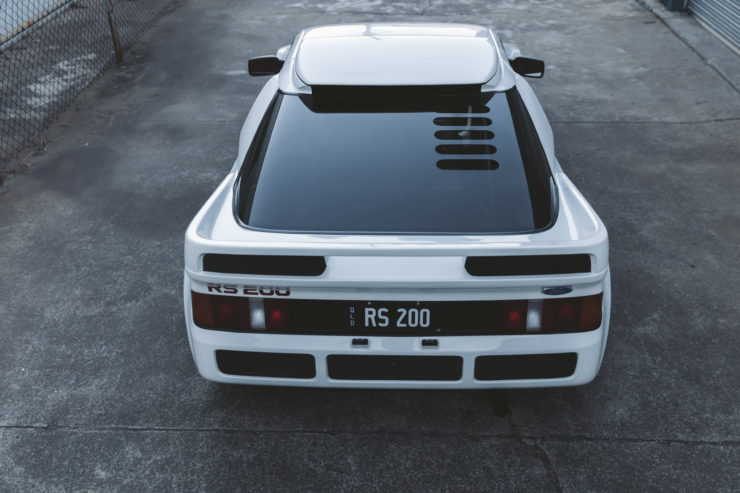
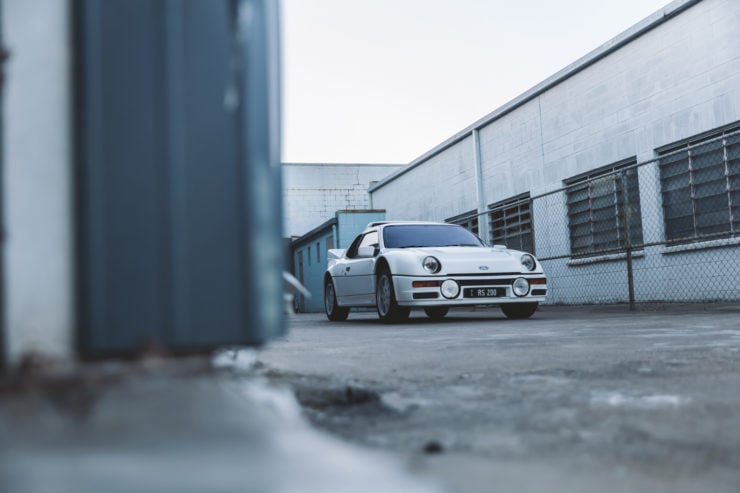
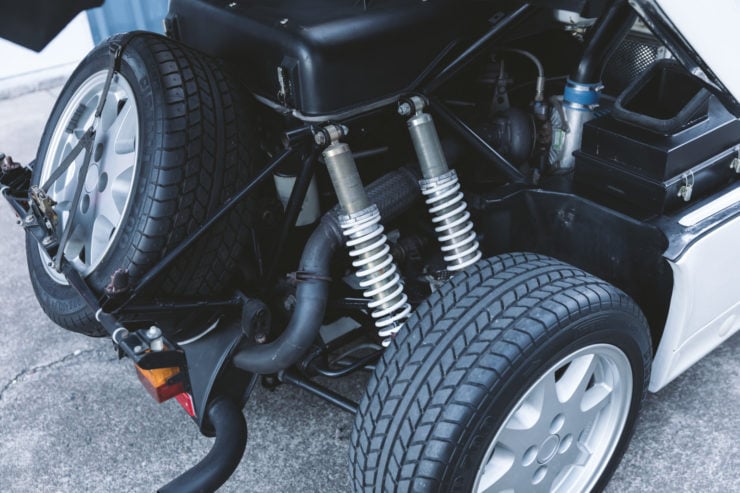
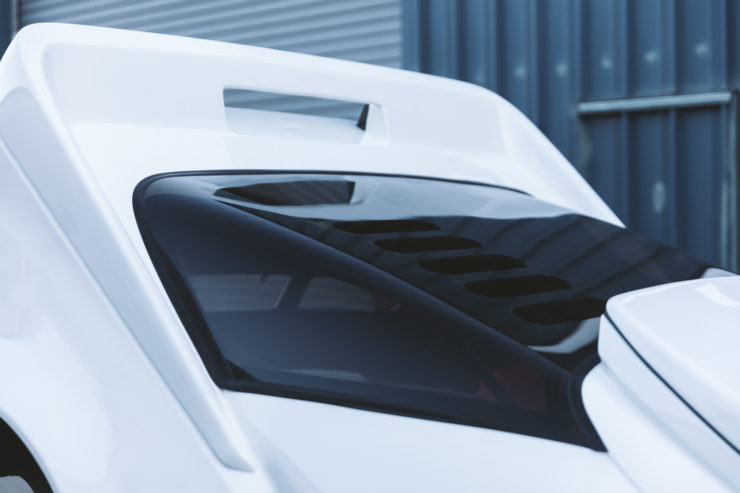
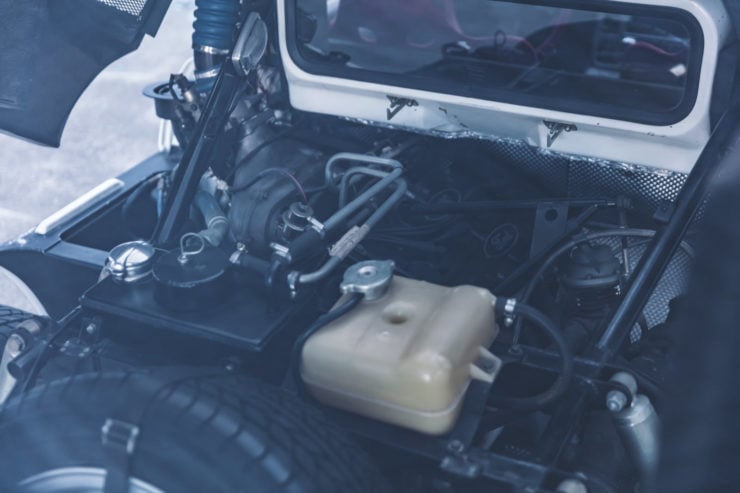

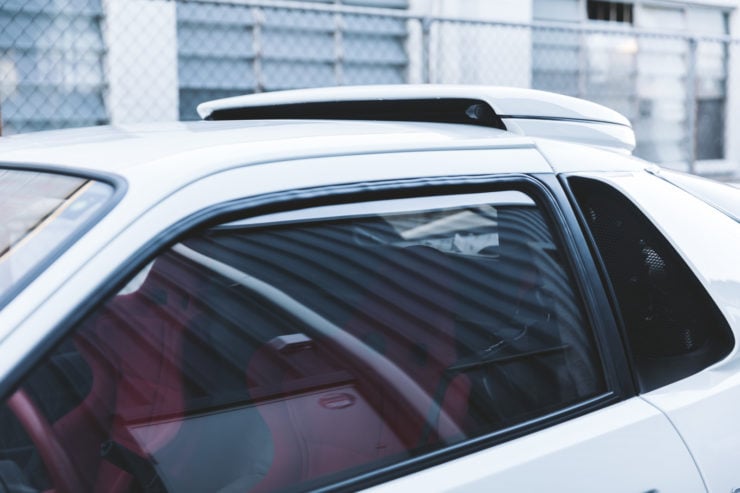
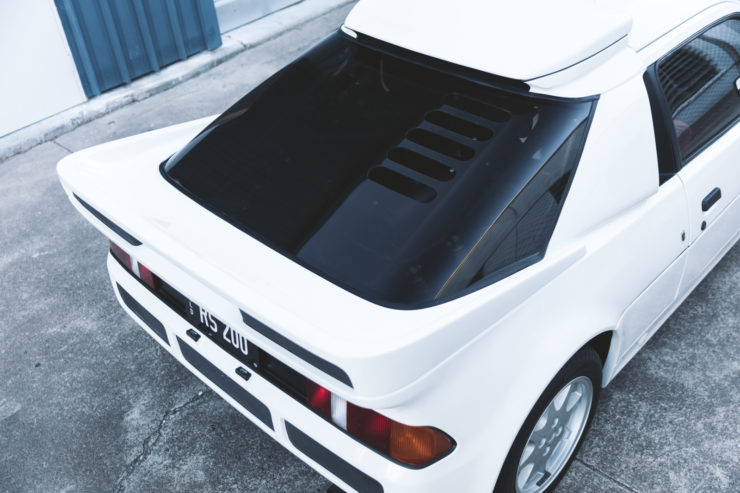
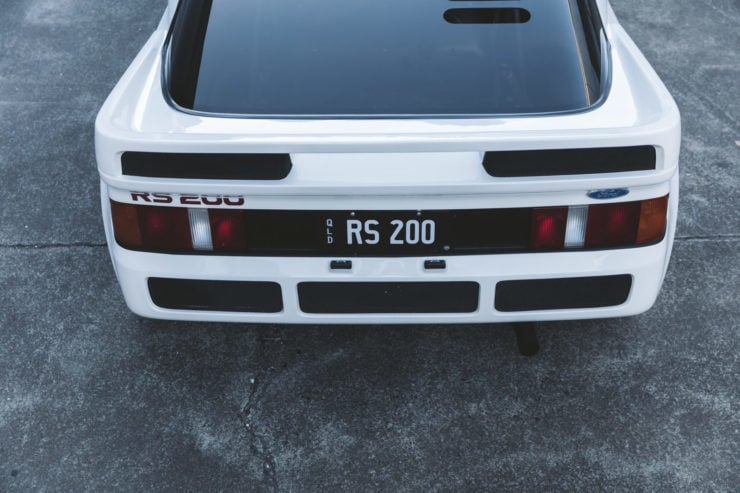
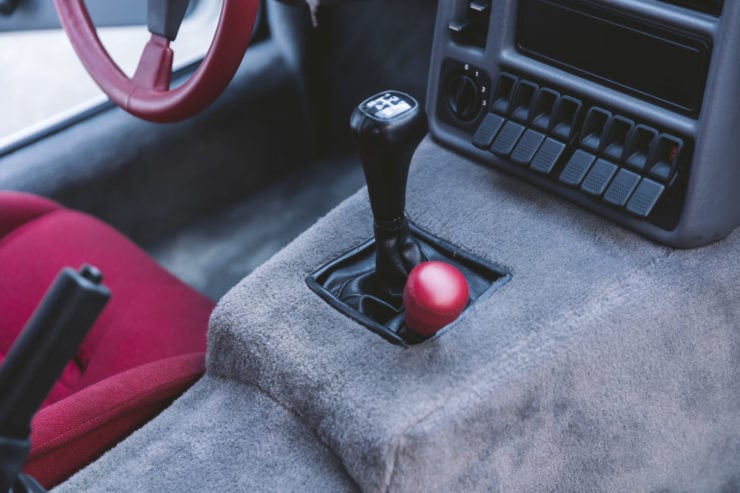
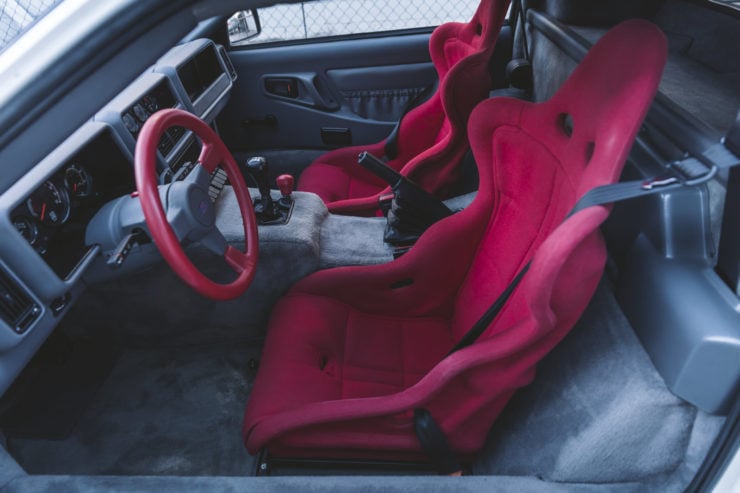
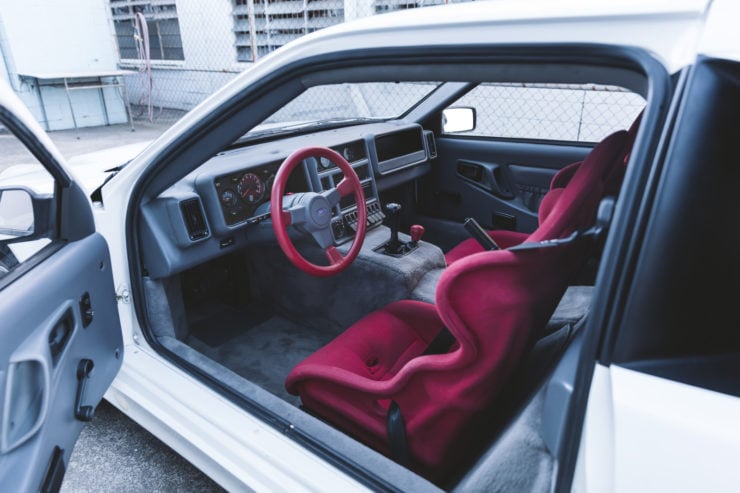
Images: Nathan Duff

